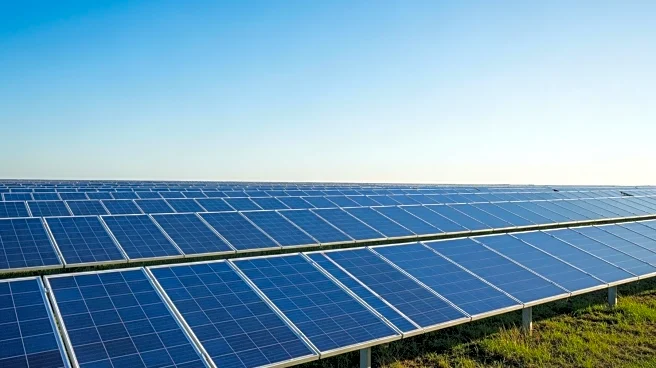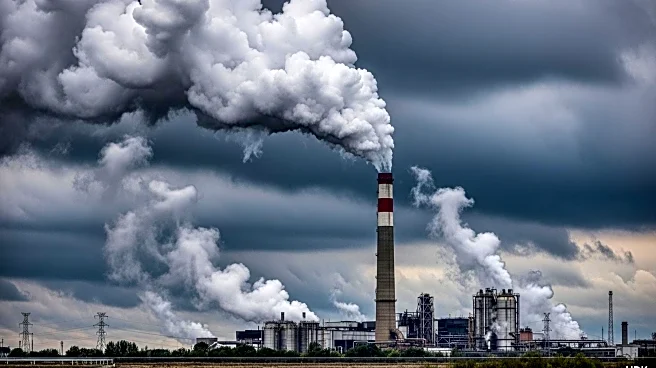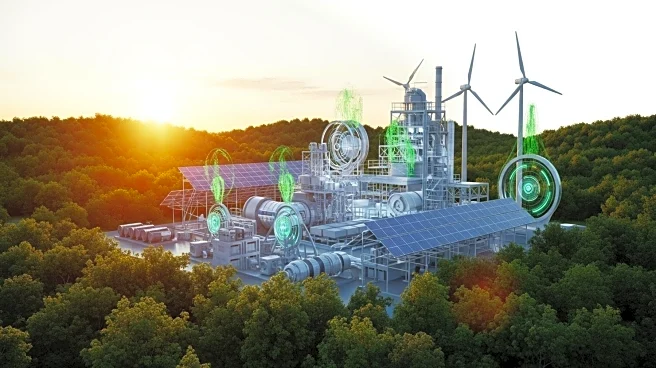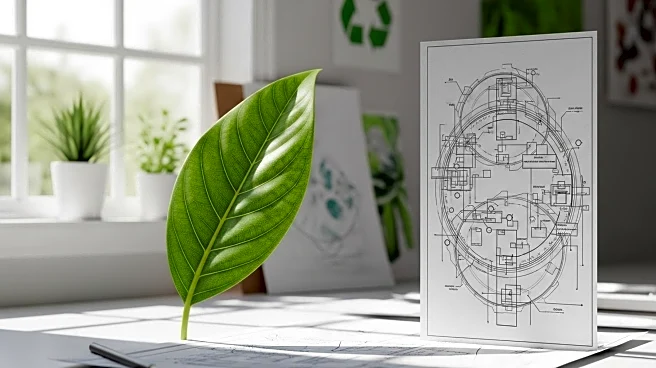What's Happening?
The aluminium industry, responsible for approximately 2% of global CO2 emissions, is undergoing a significant transformation to reduce its carbon footprint. Traditionally, aluminium smelting has been an energy-intensive process, with coal-based smelting producing up to 20 tons of CO2 per ton of aluminium. However, the industry is now moving towards renewable energy sources, such as hydropower, which can limit emissions to as low as 0 to 2 tons per ton of aluminium. This shift is driven by the need to align with global sustainability goals and reduce the environmental impact of aluminium production. Efforts include relocating smelters to areas with access to renewable energy, testing new technologies like inert-anode cells, and expanding carbon capture initiatives. Recycling is also a key component, as producing secondary aluminium uses significantly less energy and reduces emissions by over 90%.
Why It's Important?
The transition to green aluminium is crucial for meeting international carbon reduction benchmarks and maintaining access to export markets that demand certified low-carbon products. As the world's second-largest producer of aluminium, India plays a pivotal role in this shift. The country's commitment to achieving Net Zero emissions by 2070 places aluminium producers at the forefront of the energy transition. This move not only addresses environmental concerns but also enhances the competitiveness of the aluminium sector in a carbon-constrained global economy. The adoption of renewable energy and improved recycling practices will help reduce emissions and support India's sustainability commitments, making green aluminium a strategic necessity.
What's Next?
The Indian aluminium sector has set ambitious targets to reduce emissions to 4-5 tons of CO2 per ton of aluminium in the medium term, with a longer-term goal of net-zero production. Achieving these targets will require large-scale adoption of renewable power, stronger recycling systems, and continuous investment in cleaner technologies. The international trade environment, including measures like the European Union's Carbon Border Adjustment Mechanism, will further push producers towards greener operations. Domestically, policies promoting renewable energy and circular economy practices will guide industry transformation, ensuring that India remains competitive in global markets while meeting its sustainability goals.
Beyond the Headlines
The shift towards green aluminium is not just an environmental initiative but an operational and market necessity. Success in sustainability will determine competitiveness in the global economy, which is increasingly focused on carbon constraints. The transition involves not only technological advancements but also changes in industry practices and policies. The integration of recycling into the formal economy and the strengthening of collection networks are crucial for lowering the industry's carbon footprint. This transformation represents a flagship of climate-smart growth, with clean power and credible accounting converting a hard-to-abate sector into a model of sustainable development.











